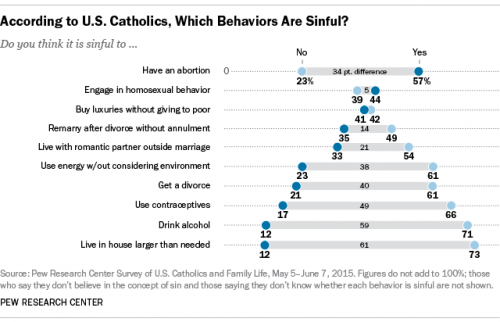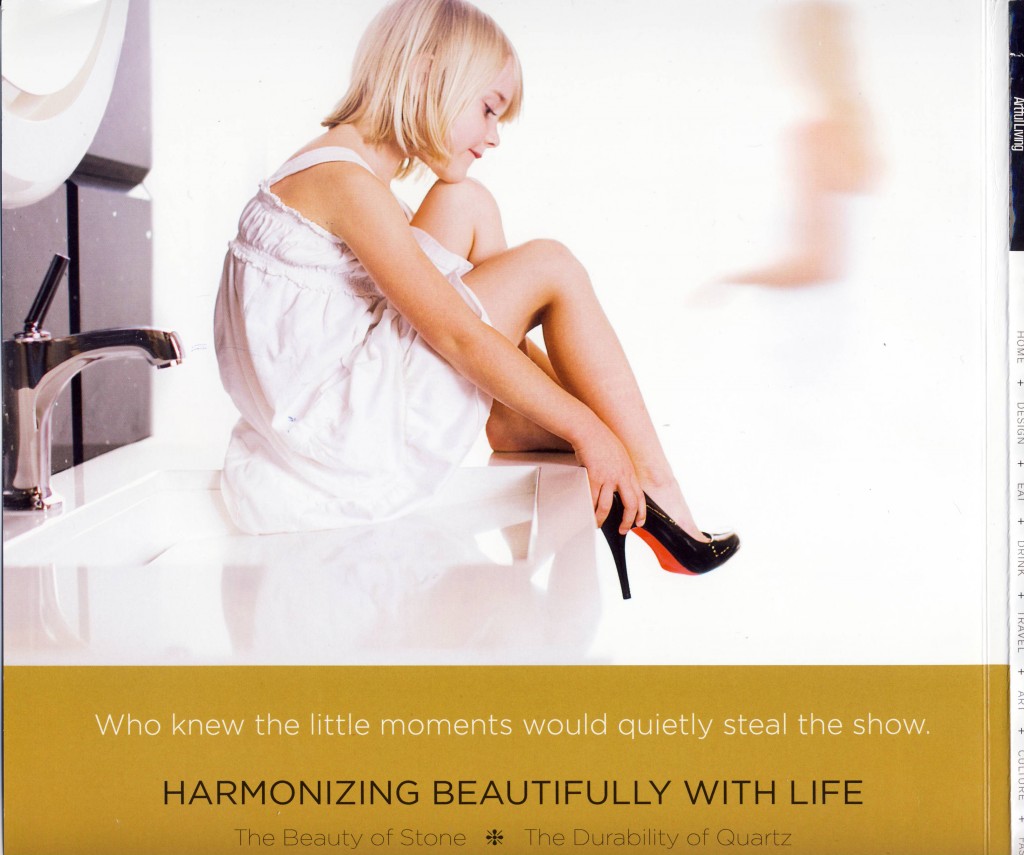When it comes to rule-breakers and rule enforcers, which side you are on seems to depend on the rule-breaker and the rule. National Review had a predictable response to the video of a school officer throwing a seated girl to the floor. Watch with caution; disturbing imagery:
[youtube]https://www.youtube.com/watch?v=JAD15m6wqJI[/youtube]
Most of the response when the video went viral was revulsion. But not at National Review. David French said it clearly:
I keep coming to the same conclusion: This is what happens when a person resists a lawful order from a police officer to move.
The arrested student at Spring Valley High School should have left her seat when her teacher demanded that she leave. She should have left when the administrator made the same demand. She should have left when Fields made his first, polite requests. She had no right to stay. She had no right to end classroom instruction with her defiance. Fields was right to move her, and he did so without hurting her. The fact that the incident didn’t look good on camera doesn’t make his actions wrong.
This has been the general response on the right to nearly all the recently publicized incidents of the police use of force. If law enforcement tells you to do something, and then you don’t do it, it’s OK for the officer to use force, and if you get hurt or killed, it’s your fault for not complying, even if you haven’t committed an offense.
That’s the general response. There are exceptions, notably Cliven Bundy. In case you’d forgotten, Bundy is the Nevada cattle rancher who was basically stealing – using federal lands for grazing his cattle and refusing to pay the fees. He’d been stiffing the United States this way for many years. When the Federales finally arrested him and rounded up his cattle, a group of his well armed supporters challenged the feds. Rather than do what law enforcers in other publicized accounts do when challenged by someone with a gun – shoot to kill – the Federal rangers negotiated.
Bundy was clearly breaking the law. Legally, as even his supporters acknowledged, he didn’t have a leg to stand on. So the view from the right must have been that he should do what law enforcement said. But no.
Here is National Review’s Kevin Williamson:
This is best understood not as a legal proceeding but as an act of civil disobedience… As a legal question Mr. Bundy is legless. But that is largely beside the point.
What happened to “This is what happens when a person resists a lawful order”? The law is now “beside the point.” To Williamson, Bundy is a “dissident,” one in the tradition of Ghandi, Thoreau, and fugitive slaves.
Not all dissidents are content to submit to what we, in the Age of Obama, still insist on quaintly calling “the rule of law.”
Every fugitive slave, and every one of the sainted men and women who harbored and enabled them, was a law-breaker, and who can blame them if none was content to submit to what passed for justice among the slavers?
(The equation with fugitive slaves became something of an embarrassment later when Bundy opined that those slaves were better off as slaves than are Black people today who get government subsidies. Needless to say, Bundy did not notice that the very thing he was demanding was a government handout – free grazing on government lands.)
The high school girl refused the teacher’s request that she give up her cell phone and then defied an order from the teacher and an administrator to leave the classroom. Cliven Bundy’s supporters “threatened government employees and officials, pointed firearms at law enforcement officers, harassed the press, called in bomb scares to local businesses, set up roadblocks on public roads, and formed lists (complete with photos and home addresses) of their perceived enemies” (Forbes).
A Black schoolgirl thrown to the floor by a weightlifting cop twice her size — cop right, rule-breaker wrong. A rural White man with White male supporters threatening Federal law enforcers — cops wrong, rule-breakers right.
Originally posted at Montclair SocioBlog.
Jay Livingston is the chair of the Sociology Department at Montclair State University. You can follow him at Montclair SocioBlog or on Twitter.





